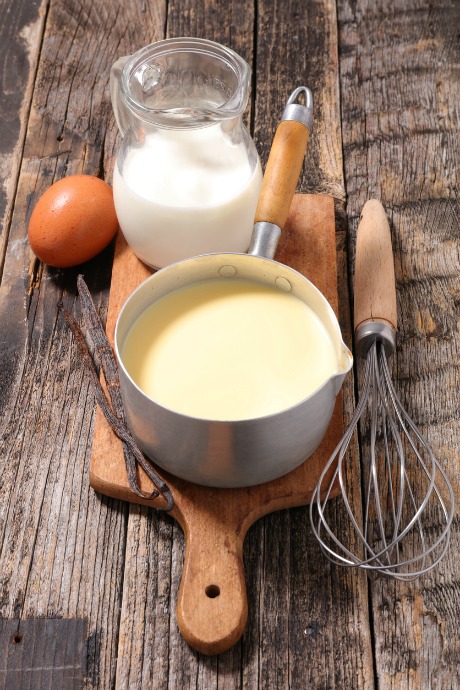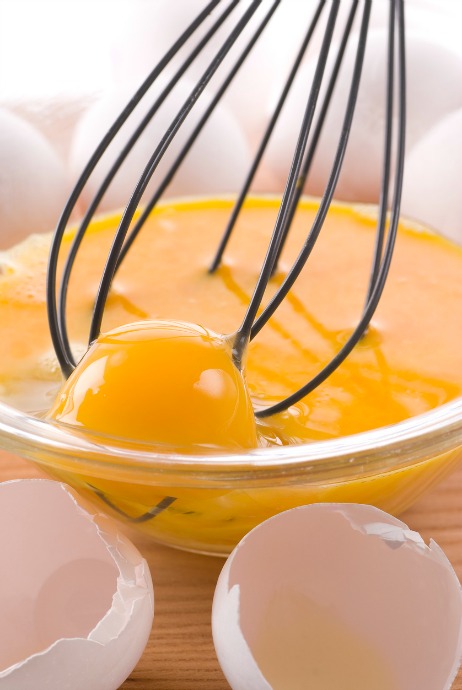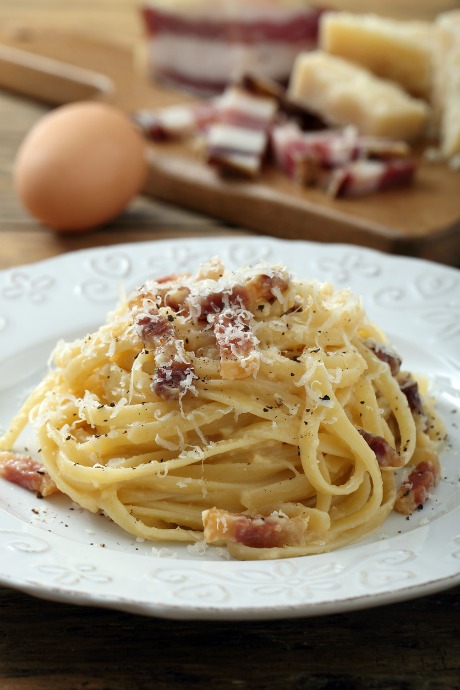Learn How to Temper Eggs
Posted by April on Jun 13th 2017
We strive to share information that any aspiring chef can use. From basic tips and tricks to more advanced techniques, we want to help you cook more often, with more delicious results!
One of those more advanced techniques is how to temper eggs. Tempered eggs are essential in sweet and savory recipes, from pasta carbonara to creamy custard. Read on to learn some tips for tempering eggs, along with why and how to perfect this cooking technique.
Time and Temperature in Tempering Eggs
Egg yolks add a silky richness to foods like ice cream, pie filling, and even pastas and soups. But it can be challenging to add them to a hot mixture. Done correctly, tempered egg yolks will make your liquid base smooth, thick, and scrumptious. But if you aren't careful with time and temperature, you'll end up with a mass of scrambled eggs.
Scientifically, when an egg is heated, the proteins in the egg want to clump together in chunks. Tempering the egg dilutes the proteins and gradually heats up the egg, so there's no opportunity for clumping.

While you can begin an egg-containing custard by including the egg in the pot from the outset, this approach requires constant whisking to keep the egg from getting chunky as it heats up. Learning how to temper eggs will actually save you time and effort, and give you better results too.
How to Temper Eggs, Step by Step
Before getting started, remember the key points of time and temperature. Take your time when tempering the eggs, and don’t allow the cooked mixture to get too hot. Above all, have a whisk handy and use it frequently.
Many recipes that call for tempering eggs begin with a milk base. Stir sugar and milk together in a saucepan, and slowly raise the temperature. Milk bases scorch easily, so be sure to keep the heat at medium or lower unless your recipe directs otherwise. Also, the heavy bottom of a well-made saucepan will help regulate the temperature of your mixture and avoid scorching.

Crack your eggs into a separate bowl and separate the whites from the yolks. Set the whites aside for use in another recipe. Place the yolks in a heat-proof bowl and whisk them thoroughly. Keep an eye on your hot milk as you do this.
When the milk starts to foam around the edges of the pot, reduce the heat a little. Using a ladle, transfer about one-half cup of the milk base to the bowl of egg yolks. Whisk thoroughly again, and then repeat this process, adding another one-half cup of the milk base to the eggs.
At this point, you can transfer the combined milk base and egg yolks back to the pot. Stir to combine, and then continue stirring until the mixture thickens.
Incorporate Tempered Eggs in Sweet and Savory Recipes
Now that you know how to temper eggs, there are plenty of great recipes at your fingertips. Sweet recipes that use this technique include cooked puddings and creamy summer pie fillings, homemade ice cream, and eggnog.

Savory recipes also use tempered eggs, particularly those with rich sauces. Pasta carbonara uses egg yolks to add creaminess, and soups can use egg yolks to make the broth base thicker and tastier. Add an egg yolk or two to roux for baked macaroni and cheese to improve taste and texture, and boost the protein content too.
Tempering eggs is one of those cooking techniques that sounds a lot harder than it actually is. But once you master it, you'll find a whole new world of recipes you can confidently cook.
As an avid farmer, gardener, and cook, April Freeman is an expert in the food production process. She raises pigs, chickens, beef cattle, and grows a wide variety of vegetables and fruits on her family farm in Tennessee. Learn more about April's firsthand experience with farm-fresh food on her blog, Feeding My Family.
 Free shipping over $49
Free shipping over $49










